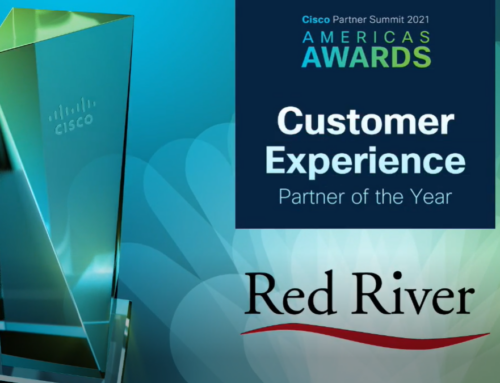Your Windows 7 End of Life Upgrade Checklist
As a business owner or IT decision-maker, you’ll probably love Windows 10, but you need to finish your transition first. As the Windows 7 end of life approaches, it’s time to get your ducks in a row and make sure that your transition is going to move swiftly. Any transition from one system to another, whether a full switch or an upgrade, can be potentially disruptive if it isn’t handled correctly. A checklist will leave less to chance, reducing your potential risks and preparing your employees for the change.
Here are some of the things that you should consider as you upgrade Windows 7 to Windows 10.
Do You Need to Do a Full Hardware Refresh?
If your hardware is old (usually older than 5 years), it’s likely that your existing software may not support Windows 10 requirements. An IT assessment can help. Further, studies have already shown that equipment older than five years usually costs more to operate than it would cost to completely replace. If you want your business to operate efficiently, it’s likely that you’re going to have to upgrade your hardware along with your software. And that may mean that you’re not going to be doing an in-place upgrade, but rather switching over your full system.
Further, upgrading your hardware now offers some level of future-proofing: This means that you won’t need to add additional resources quickly in the future, and it means that you’ll only need to disrupt your organization once for upgrades, rather than multiple times.
Which Version of Windows 10 Will You Be Upgrading To?
Windows 10 Pro is the most common version of Windows 10, but Enterprise may be better for businesses due to extra support features. It’s important to consider 32-bit vs. 64-bit operating systems. The 32-bit version of Windows 7 will not be able to do a direct upgrade to Windows 10 64-bit due to the differences between data architecture; a fresh install may be better, especially if you’re switching over your hardware.
In order to determine which version of Windows you should upgrade to, you should take a look at your company’s needs. A managed service provider can provide you with additional information and assessments regarding your company’s needs and potential future growth.
Which Windows 10 Migration Tools Will You Be Using?
There are many migration tools that can help you upgrade Windows 7 to Windows 10. Utilities can ease the process of backing up data, ensuring that users are ported in correctly, and validating data once transferred. Identify core challenges within your migration to find the tools that will help you most. It may be wise to seek expert advice for tools that can make the transition faster – and more reliable.
Is it Time to Upgrade Microsoft Office?
Consider assessing your current technological situation now to determine whether there are other upgrades that you could consider.
Many Microsoft ecosystem features revolve around Microsoft Office. Microsoft Office 365 bundles usually include upgrade entitlement rights from Windows 7 to Windows 10, and they provide additional features that could benefit your business.
If it’s time to upgrade, it’s best to upgrade everything at once, because that means that you can better limit your disruption, packing everything together rather than having smaller, but more frequent, updates.
What Type of Migration Will You Be Completing?
There are multiple types of migration and options for migration strategy. While you can create a cut-off point and complete a migration all at once, a serious migration often demands a rolling schedule. A rolling schedule migrates users in batches, rather than all at once. Rolling schedules are easier on the business, as it means the business can continue without much interruption, and that any issues that are encountered will not be encountered throughout the entire business at once.
Are Your Third-Party Solutions Going to Work?
Are the solutions that you use within your infrastructure Windows 10 compatible? Will you need to upgrade them or change the integrations between them? If you need to find alternative solutions to your existing third-party applications, it’s better to do it now; otherwise, you could find yourself encountering unexpected issues.
Most products that work on Windows 7 are going to work on Windows 10 as well, but there’s an exception: products that you have for 32-bit Windows, if you’re moving to the 64-bit version. Thankfully, most software developers offer support for both, but if your business relies on older legacy software, this might be a pain point.
Do You Have a Plan for Continued Training and Support?
It’s necessary to provide continued support to employees after a major transition, as employees will need some time to learn how to work with their new solution. Managed service providers can provide training and support, while also running a help desk solution to help with adjustments and troubleshooting. Often, training can benefit from the use of “ambassadors” – specialized team members who have been thoroughly trained on the solution and who can serve as a central resource for additional information and helping their colleagues.
Starting the Switch to Windows 7
Switching away from Windows 7 isn’t a trivial process, but it can be made easier with help. Want to get professional help for your big OS migration? Contact Red River today to see how our managed IT services can make upgrading to Windows 10 a breeze.

written by
Corrin Jones
Corrin Jones is the Director of Digital Demand Generation. With over ten years of experience, she specializes in creating content and executing campaigns to drive growth and revenue. Connect with Corrin on LinkedIn.




